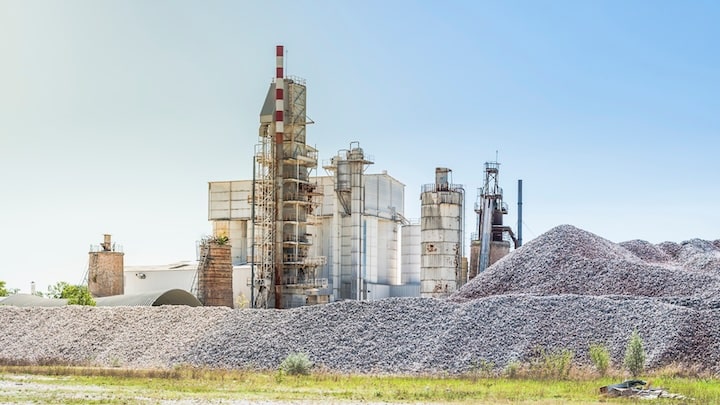Context & scale The industrial sector is responsible for more than a quarter of global...
Context & scale
The industrial sector is responsible for more than a quarter of global greenhouse gas emissions, and the chemical industry is a major contributor. This paper evaluates the extent to which the production of ammonia, methanol, and ethylene can be decarbonized by using technologies such as low-carbon energy (i.e., low-carbon hydrogen, bio-based inputs, electrification, and nuclear heat), carbon capture coupled with storage or utilization, and demand-side measures. The results indicate that the large-scale adoption of these technologies could abate a significant volume of emissions from chemical production.
Broad implementation of each of these technologies faces unique challenges, namely due to costs and resource availability. Policies that could ease implementation are discussed, including capital treatments, research and development programs, revenue enhancements, resource availability enhancements, trade exposure reduction, infrastructure support, and recycling promotion initiatives.
Read the entire article at Science Direct.






